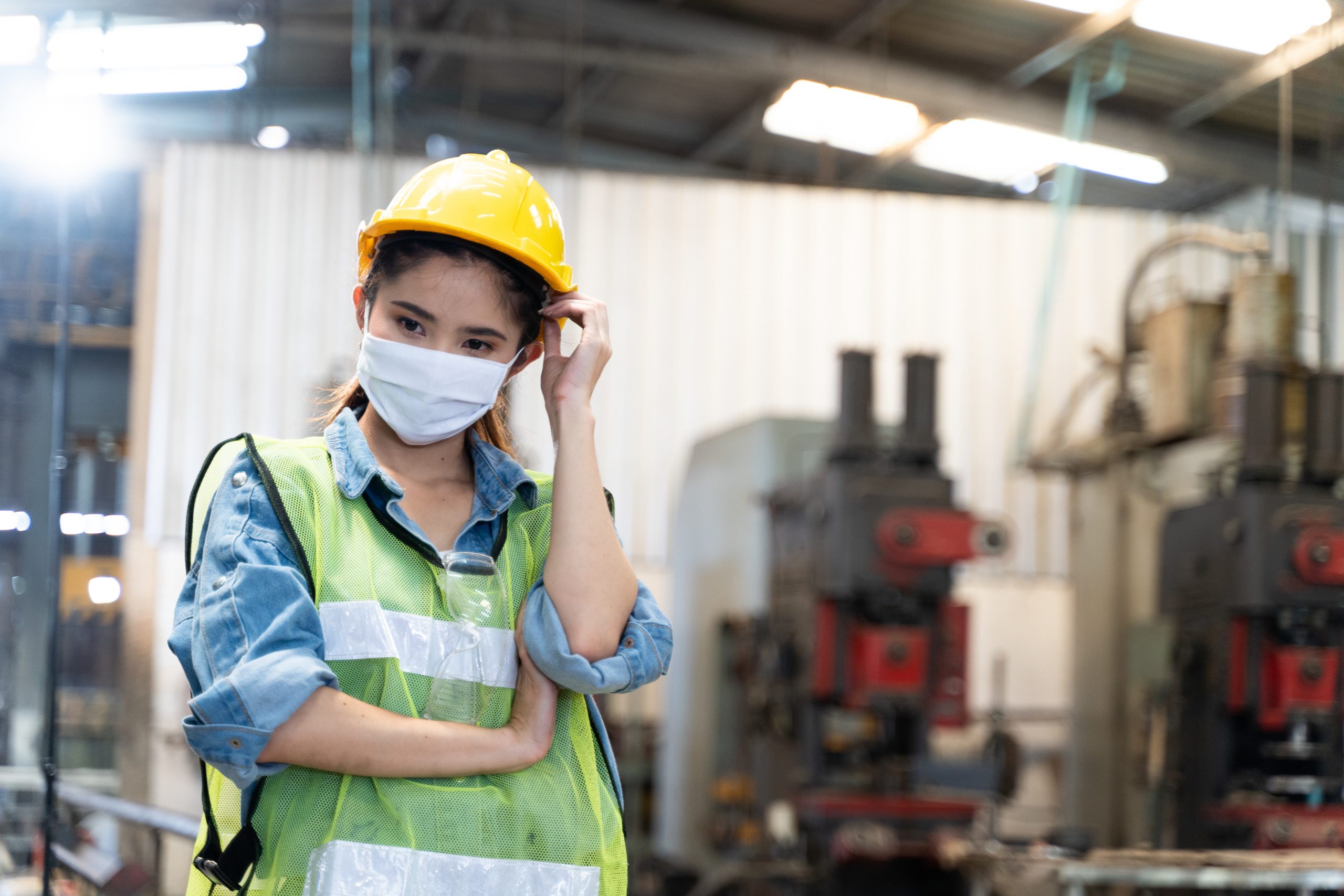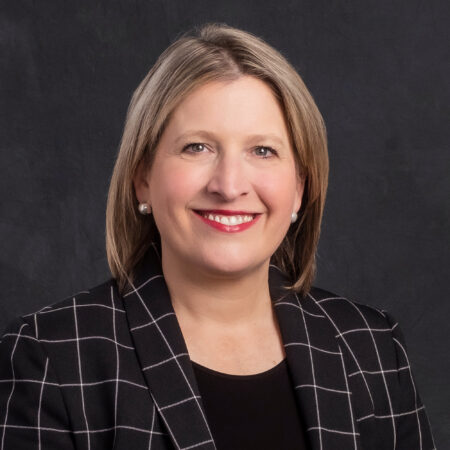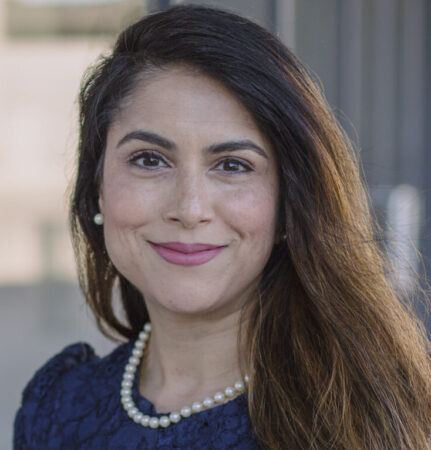
There is no safety without inclusion
By Julie Cafley, Ph.D., Catalyst and Sadaf Parvaiz, CPA, CA, GHD
By Julie Cafley, Ph.D., Catalyst and Sadaf Parvaiz, CPA, CA, GHD
Presented by:


We see plenty of hard hats, steel-toed boots, and neon vests on the frontlines of the forestry, mining, energy and construction sectors – all the gear to keep workers safe. But what about the protocols we can’t see?
Psychological safety has yet to make it into most health and safety plans. And when this foundational piece of an organization’s culture is missing, leaders should question whether they even have an accurate accounting of incidents or potential job-site risks.
Psychological safety is a term first coined by researcher and Harvard professor Amy Edmondson to describe work environments where employees feel they can be honest – speaking up with ideas, questions, concerns or about mistakes. Her research shows that organizations with high levels of psychological safety benefit from more innovation, better individual and team well-being, greater learning and development, and stronger resilience. At the core of creating this feeling of safety is inclusion.
We heard about the experiences of a recent petroleum engineering graduate, Sally, responsible for controls of an on-site drilling operation. Working overnight in a remote location is part of that responsibility and proved more challenging than anticipated. Facing a long walk in total darkness to use the toilet, she was overcome with fear for her safety as the only woman in the middle of nowhere. Her fear is not unfounded. Catalyst research shows that women face increased harassment working in male-dominated industries.
Addressing the hierarchy of needs
Another Catalyst report from 2022 on the energy sector found that women accounted for just 18.7 percent of the labour force in mining, quarrying, and oil and gas extraction in 2021. Similarly, people of colour accounted for a small share of Canada’s energy sector, with just 18 percent identifying as a visible minority and five percent as Indigenous in 2019. Speaking up is more challenging when you’re the only woman or person of colour because you already face other barriers.
Suppose employees like Sally don’t feel included on the most basic level, such as having a place to use the bathroom that’s safe and well-lit or protective equipment that fits. Or women that still experience inappropriate jokes or off-hand comments or simply when their view is not valued like their colleagues. In those cases, they will unlikely feel safe bringing forward other issues.
These may seem obvious steps for workplace inclusion, yet in some jurisdictions, legislation will force the issue. In Ontario, the province’s revised Construction Projects Regulation came into effect July 1, 2023, requiring new standards for construction washrooms and properly fitting gear for all body types. Whether regulated or not, employers signal that they care by addressing these basic needs, and employees can feel safer raising concerns.
So, while organizations in these sectors include safety as part of their values and mission statements, they may face more risk than they realize without inclusion and psychological safety. Performance indicators aren’t capturing the effect on well-being, such as stress-related illness, absenteeism and loss of productivity due to emotional health impacts. An organization may celebrate 300 days without a safety incident, but are these metrics accurate?
Expanding the definition of safety
The solution is to expand the focus of health and safety plans to address inclusion. In addition to the mandatory training about live wires and corrosive chemicals, we must help people feel they belong and are encouraged to speak up for themselves and in support of colleagues.
Returning to Sally’s experience, what role could her colleagues have played in supporting her? Workplaces should prioritize training on allyship so that if you know someone on your team is different in some way and you see or hear something that negatively impacts them, you have a role in advocating for your teammate.
Safety is already an essential part of the culture in these fields. Now it’s time to expand the definition.
 Julie Cafley, Ph.D., is the Executive Director of Catalyst Canada, a global non-profit that advances inclusive workplaces.
Julie Cafley, Ph.D., is the Executive Director of Catalyst Canada, a global non-profit that advances inclusive workplaces.
 Sadaf Parvaiz, CA, CPA, is the Global Enterprise Inclusion and Diversity Leader for GHD, a global professional services company operating in the water, energy and resources, environment, property and buildings and transportation markets.
Sadaf Parvaiz, CA, CPA, is the Global Enterprise Inclusion and Diversity Leader for GHD, a global professional services company operating in the water, energy and resources, environment, property and buildings and transportation markets.

